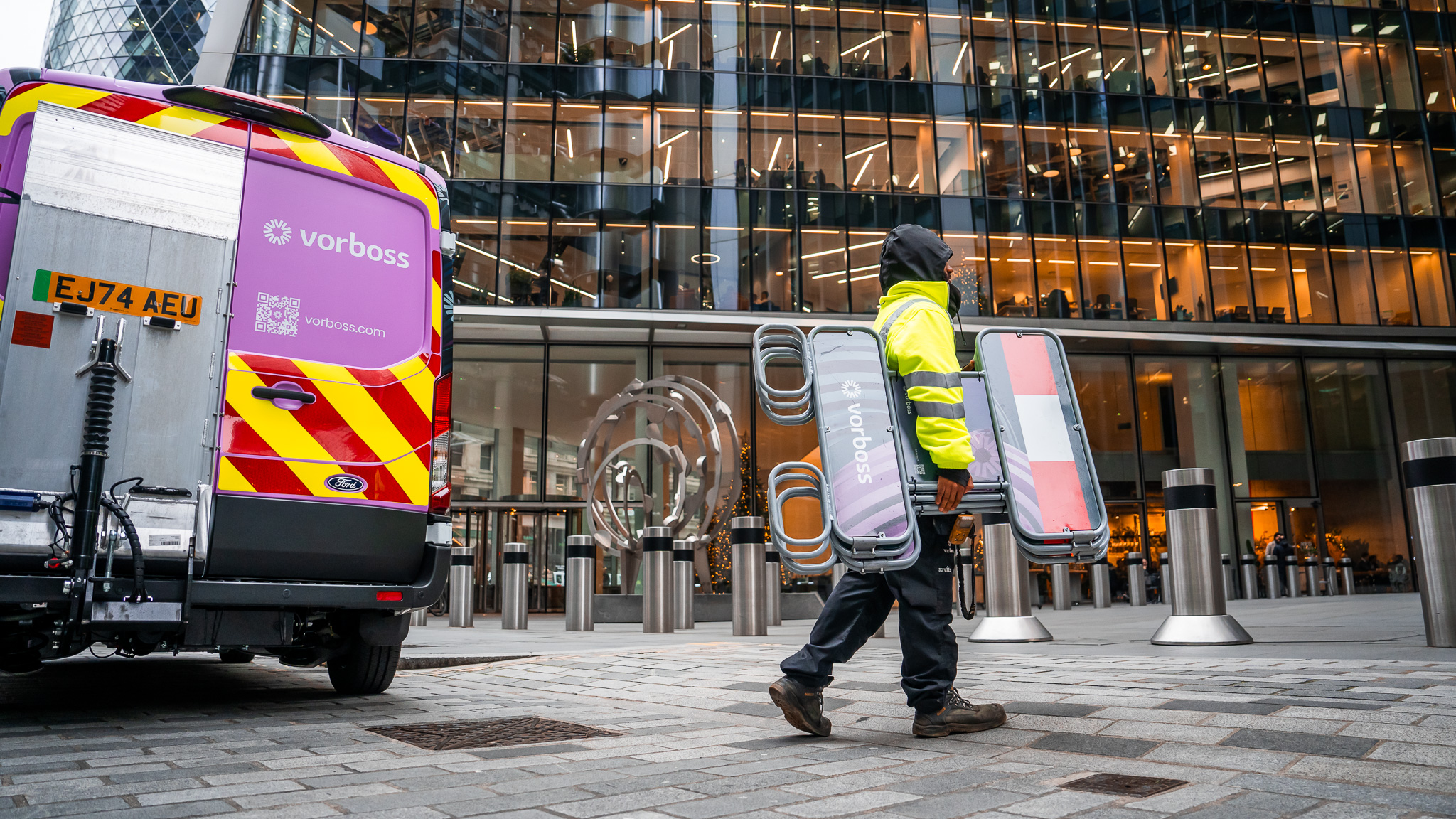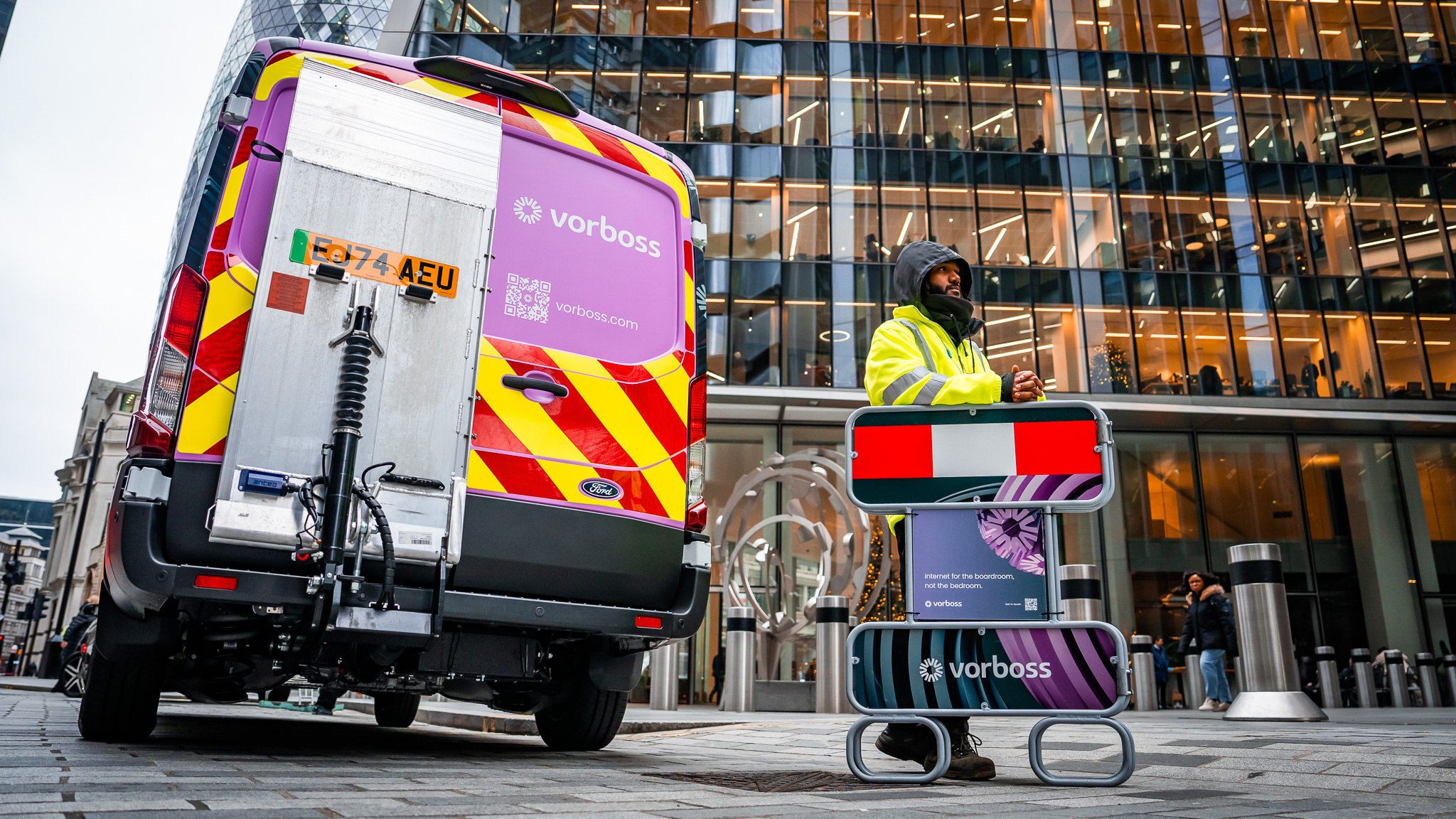Vorboss formalises strategic partnership with Roc Technologies to deliver innovative connectivity services to London's local councils.
June 2, 2025
|
2
min read

Highlights
Vorboss formalises strategic partnership with Roc Technologies to deliver innovative connectivity services to London's local councils.
London, [02.06.2025] – Vorboss, London's leading dedicated connectivity provider, today announces a strategic partnership with Roc Technologies to deliver best-in-class network solutions tailored specifically for local councils across the capital.
This partnership, borne of long standing collaboration between the companies, brings together two organisations committed to leveraging technology to enhance public sector services. The Vorboss high-performance, resilient network, combined with Roc Technologies' highly secure, customer-centred approach, provides local councils with a distinctive and robust solution to address real citizen needs.
Jason O’Malley, Chief of Commercial Operations at Vorboss, said: "We're excited to be partnering with Roc Technologies, whose values and customer-centric approach align closely with our own. This partnership enables us to offer unparalleled connectivity solutions, directly improving service delivery and efficiency for local councils."
Adam Jarvis , CRO at Roc Technologies, added: "Our partnership with Vorboss brings together two businesses that truly differentiate in the way they support their customers, providing highly responsive services designed to enhance their overall experience. Leveraging Vorboss' superior infrastructure and their technical experts located across London allows us to provide a combined service delivery capability that transforms how local councils manage their infrastructure, ultimately benefiting the communities they serve."
The combined expertise of Vorboss and Roc Technologies presents councils across London with an unmatched proposition: cutting-edge connectivity delivered with clarity, reliability, and a shared dedication to customer-driven outcomes.
ENDS
For further information, please contact:
Kirstie Lane
Kirstie.lane@vorboss.com
About Vorboss:
Vorboss is London’s dedicated enterprise fibre network. We are disrupting the status quo by providing London businesses with access to critical fibre infrastructure with simple, transparent pricing and London-wide coverage.
Since 2019, we've invested over £250 million into our London network. We have deployed over 700km of fibre optic cables to date, setting an unparalleled standard in both scale and quality.
We maintain complete ownership of the network that we built. This gives us the freedom to approach telecommunications differently.
Partners and customers deal directly with the engineers who built the network, and we can deliver installations and bandwidth upgrades within days, not months.
About Roc Technologies:
Who are Roc?
Roc Technologies delivers transformational IT solutions to public and private sector organisations across the UK. We are a team of brilliant minds, bringing together highly secure infrastructure, advanced cyber security, intelligent automation and modern cloud services, all supported by our 24/7 Managed Services Operations Centre. Our expertise is backed up by some of the UK’s most rigorous data and security accreditations; we’ve earned the trust of the nation’s largest and most complex organisations and have safeguarded their most sensitive data for over a decade.
Tell us about yourself so we can serve you best.
Got a question?
More articles

For many landlords and building managers, the word “wayleave” feels like the responsible route whenever a fibre circuit is being installed on their property. It sounds formal and safe – a neat legal box to tick.
In many cases, however, a wayleave adds unnecessary complexity and delays, frustrates tenants, and can expose landlords to long-term legal risks.
At Vorboss, we’ve connected thousands of office spaces across London without a wayleave, keeping landlords in full control and getting tenants online faster.

What is a wayleave?
A wayleave is a written agreement between a landowner and a telecoms operator. It gives the operator permission to install and keep equipment on private property.
What many people don’t realise is that signing a wayleave also activates “Code rights” under the Electronic Communications Code. These rights go beyond simple permission, they give the operator legal powers to stay on the property indefinitely, access it when needed, and even refuse removal of their equipment in certain situations.
For a typical connection into a commercial building in London, a wayleave can make the fibre installation process slower, more expensive, and limit the landlord’s flexibility long term.
Why a wayleave isn’t required for standard in-building fibre connections
For a standard in-building fibre connection serving a tenant, a wayleave isn’t a legal requirement. Important protections, like building access, fire safety, repairing any damage, and removing equipment, are already covered by the tenant’s lease and usual building rules.
If no wayleave is signed, no Code rights are triggered, meaning the landlord retains full control and the installation exists under a simple, fully revocable licence.
In practice, this gives landlords far more protection and flexibility:
- No legal lock-in – the telecoms operator has no long-term rights to stay or refuse removal.
- Landlords keep full control – equipment can be moved or removed when the building changes.
- Faster fibre installation – no time lost in drafting contracts or solicitor reviews.
- Happier tenants – connections go live quicker; tenants get to move in faster.
By contrast, signing a wayleave and granting Code rights introduces a complex and expensive legal process for any fibre removal or relocation. This can take at least 18 months, plus potential court or tribunal proceedings, making it slower, and far less flexible for the landlord.

Public services across central London are evolving, and the City of London Corporation is leading the way.
Whether you work, live or study in the Square Mile, you’ll soon feel the difference that faster, more dependable connectivity brings.

What is the Future Network Programme?
The City of London Corporation is rolling out the Future Network Programme, a major project to modernise its entire digital infrastructure and bring everything under one unified network.
From offices and schools to iconic green spaces like Hampstead Heath, cultural destinations like the Barbican, and historic markets such as Leadenhall and Old Spitalfields, this upgrade will mean more reliable connectivity across the City’s buildings and public spaces.
It also extends to essential services, including critical sites run by the City of London Police. This enhanced connectivity will support everything from secure communication systems to faster, more resilient networks for emergency operations.
Leading this transformation is Roc Technologies, supported by Juniper Networks and Palo Alto Networks; all powered by the Vorboss fibre network. Together, we’re bringing the City onto a modern digital foundation that’s ready to support its future.
Who the Future Network Programme benefits and how?
The programme is designed for everyone who depends on public services in the Square Mile:
- Students in City-run schools will have fast, reliable connectivity to fully access digital learning tools.
- Public-sector teams will experience smoother hybrid working, better access to online platforms, and more efficient collaboration across locations.
- Residents and visitors will see improvements in public Wi-Fi, digital services, and online access in libraries, community hubs, and other shared spaces.
- The City of London Police will gain a more secure, faster and resilient network that enhances CCTV reliability and enables more effective frontline operations.

.avif)

.avif)

